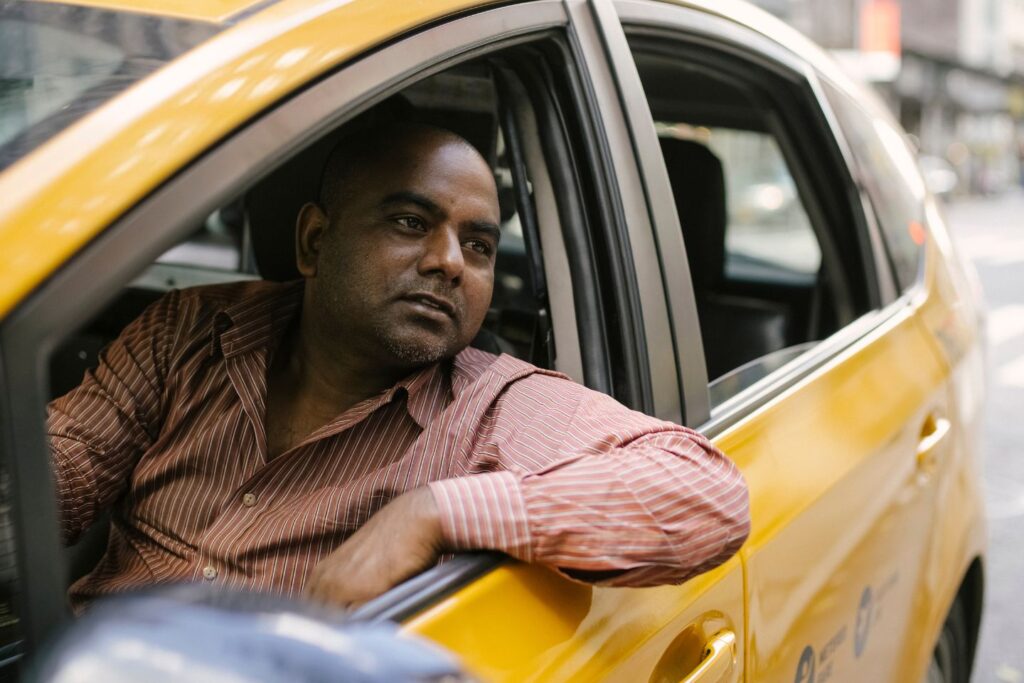Ride-hailing cabs and self-driving taxis have become a whirlwind topic ever since. In 2023, San Francisco approved the practice runs of robotaxis in their streets. In San Francisco’s bustling SoMa neighborhood, a tragic incident took place when, unexpectedly, an autonomous taxi vehicle engineered by Cruise crashed into a pedestrian one evening. Apparently, the woman was already hit by another vehicle maneuvered by a human. But, Cruise’s robotaxi dragged the woman even more, causing her injuries to be worsened.
In 2022, a taxi accident involving three pedestrians occurred in the South of Market neighborhood. It is unusual to have accidents around this area said police officials. Unfortunately, two of the pedestrians died and one was seriously injured.
You might be curious about the circumstances that led to this devastating accident and the impact such events can have on a community, particularly one often regarded for its safety and pedestrian-friendly streets. As you adeptly navigate the complexities of urban transportation, it’s significantly important to understand the myriad factors that contribute to such accidents. This particular crash in San Francisco has sparked important questions about taxi driver safety regulations and the adherence to pedestrian right-of-way laws. Being conscientious of these cases can offer valuable insights into the ongoing discourse on urban road safety and the necessary measures required to prevent future tragedies.
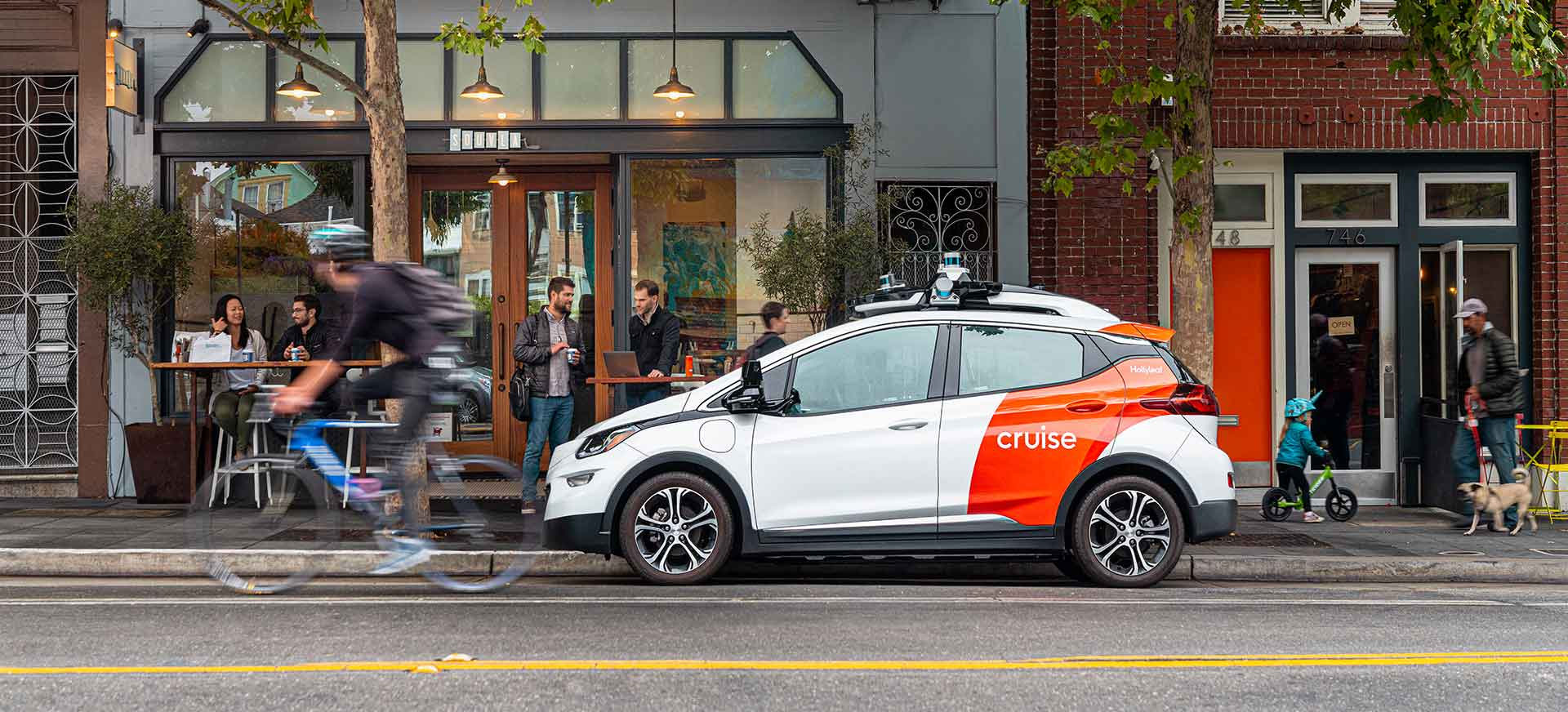

Overview of the San Francisco Taxi Industry
Your navigation through the streets of San Francisco might have you encounter a diverse set of taxi services. The San Francisco taxi industry is comprised of various components that ensure transportation remains convenient and accessible throughout the city.
- Medallion System: At the core of the system, you’ll find the taxi medallion. This is a permit granting the right to operate a taxi.
- Color Schemes: The taxis in San Francisco operate under around 24 total color schemes, which serve as easily identifiable brands for the different taxi companies.
The industry is regulated by the San Francisco Municipal Transportation Agency (SFMTA), which oversees the operation standards, fare rates, and allocation of taxi medallions. Medallions are a crucial aspect and their types include:
Corporate (Pre-K, pre-1978):
- Medallions are freely transferable and owned by corporations.
- No driving requirement.
- Currently, non-transferable or surrenderable for consideration.
Pre-Proposition K (Pre-K):
- Medallions held by anyone, owned by multiple individuals.
- No driving requirement.
- Currently, non-transferable or surrenderable for consideration.
Post-Proposition K Earned (Post-K):
- Medallions issued post-1978 at no cost, limited to one per driver.
- Requires driving, can be surrendered if the holder is ≥60 or has a permanent disability, and a buyer is available.
- Non-transferable.
Purchased:
- Obtained through the Medallion Sales Pilot Program (2010) or Medallion Transfer Program (2012).
- Retransferable for sale with no age or disability restrictions, contingent on a buyer.
Ramp Taxis:
- Medallions for wheelchair-accessible vehicles.
- Some are operated by drivers, others are leased to color schemes.
- Non-transferable or surrenderable for consideration.
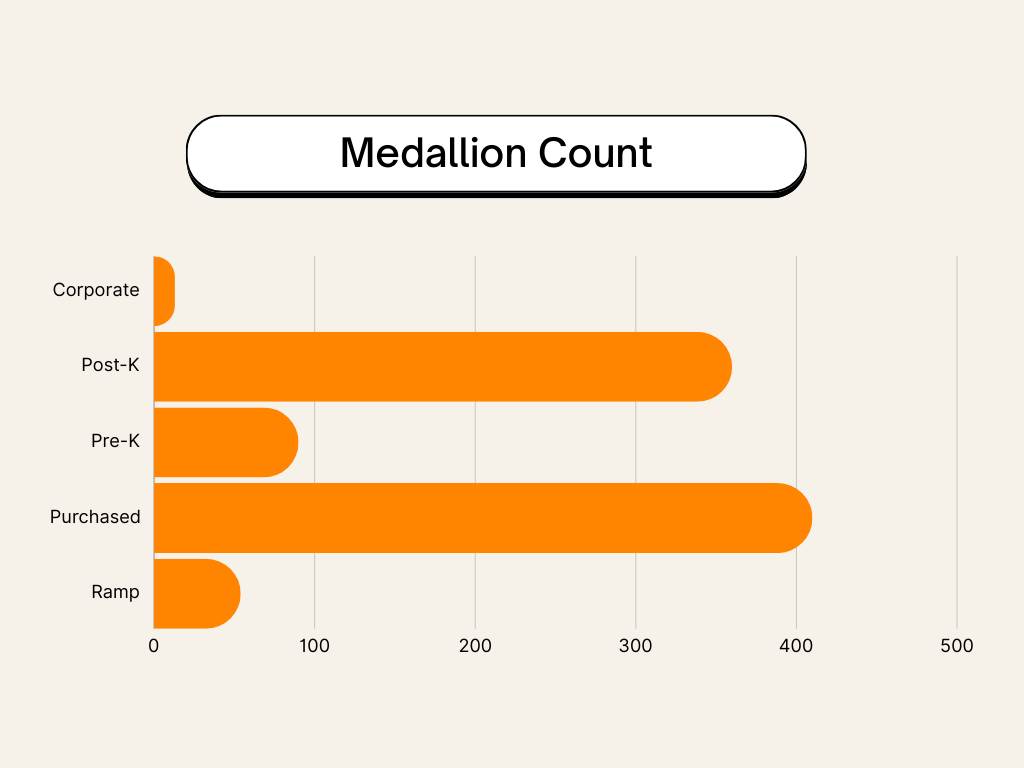

Drivers operate either as independent contractors or are employed by larger taxi fleets, providing a variety of options for your travel within the city. In recent years, the industry has also had to evolve with the advent of rideshare services and the testing of autonomous vehicles, adding to the diversity and complexity of urban transportation.
Prioritizing safety, regulations ensure that all taxis undergo regular inspections, and drivers are appropriately vetted and trained. The San Francisco taxi industry faces challenges and changes, particularly with new technologies emerging, but it maintains a commitment to serving the residents and visitors of the city efficiently.
Common Causes of Taxi Accidents in San Francisco
Taxi accidents in San Francisco can be attributed to a variety of factors. Being aware of these reasons can help you understand the risks and navigate the city more safely.
- Distraction: You may find that many taxi drivers are multitasking – sometimes managing navigation systems or communicating with dispatch – which can lead to distraction. Keep an eye out for drivers who are not fully attentive to the road.
- High Traffic Density: The dense traffic of the city, especially during peak hours, often contributes to accidents. Stay vigilant in high-traffic areas and be patient with unexpected stops or slow-downs.
- Speeding: Speeding is a common cause of accidents. Drivers sometimes exceed speed limits to meet tight schedules or in response to passenger urgency. Remember that your safety is more important than a quick arrival.
- Violation of Traffic Laws: Ignoring traffic signals or failing to yield the right of way are risks you should be aware of. Such violations can lead to serious accidents, so ensure your driver follows the law.
- Technical Failures: A taxi’s mechanical issues, such as brake failure or steering problems, can cause accidents. Before starting your trip, you might notice whether the taxi appears well-maintained to reduce your risk. Driverless taxis are also affecting the accident rates in San Francisco. Last October, Cruise driverless robotaxi run by General Motors, hit a pedestrian that caused serious injuries. Later revelations exposed that despite the vehicle coming to a stop upon hitting the pedestrian, the DMV disclosed that it continued to move at a minimum of 7 mph, dragging the pedestrian underneath the car.
Your awareness of these common causes can contribute to a safer journey through the bustling streets of San Francisco. Always prioritize safety over convenience and do not hesitate to speak up if you feel at risk during your taxi ride.
Statistical Analysis of Taxi Accidents
When you examine the trends in taxi accidents in San Francisco, you’ll notice that traffic collisions have varied over time. Within the city, specific trends emerge that provide context for current safety measures and challenges faced by taxi services.
According to the San Francisco Traffic Crashes Report (2017-2022), collisions have been documented with careful categorization. Here, significant figures from the report are summarized:
- From 2017 to 2022, there was a notable fluctuation in the total number of fatal collisions within the city.
- 2022 witnessed a rise in fatalities to 39 from the previous year’s 27, marking a concerning trend.
It’s essential to look closely at this data, especially considering initiatives like Vision Zero, which aims to eliminate traffic fatalities. The Vision Zero reports reveal that:
- A substantial percentage of traffic fatalities occurred on the Vision Zero High Injury Network.
- The year 2021 saw 59% of traffic fatalities in Equity Priority Neighborhoods.
For a more consistent and up-to-date source, one might review data sets provided by government entities. San Francisco’s DataSF initiative offers a comprehensive database, including injury-related traffic crashes.
Regulations and Safety Measures
In San Francisco, the safety and protection of consumers in the taxi industry are taken seriously. Your rides are governed by stringent regulations that mandate taxi companies and drivers to adhere to specific safety standards. Here’s what you need to know about the measures ensuring your safety:
- Safety Requirements: Taxis are required to meet high safety standards, which include the use of vehicles that meet clean air specifications. Approximately 95% of the taxi fleet consists of clean-air vehicles, contributing not only to passenger safety but also to environmental conservation. Learn more about these initiatives through SFMTA’s Taxi Code Reform.
- Medallion System: A medallion, or permit, is essential for legal taxi operations. The medallion system plays a role in ensuring that taxi drivers undergo vetting, and their vehicles undergo safety inspections. Presently, the city has issued over 1,000 medallions.
- Service Requirements: Taxis must be available to serve all neighborhoods, without the necessity for passengers to have a smartphone or a credit card. They must adhere to regulated fares and offer services to seniors and people with disabilities, ensuring fair access to transportation for everyone.
- Surveillance Policy: To protect both the driver and passengers, taxi cabs may be equipped with dashboard cameras. However, there’s a strict Surveillance Technology Policy in place to ensure the responsible use of video data and the protection of civil rights. Details on this policy can be found on the City and County of San Francisco’s website.
By complying with these safety measures and regulations, San Francisco provides one of the safest taxi services in the United States.
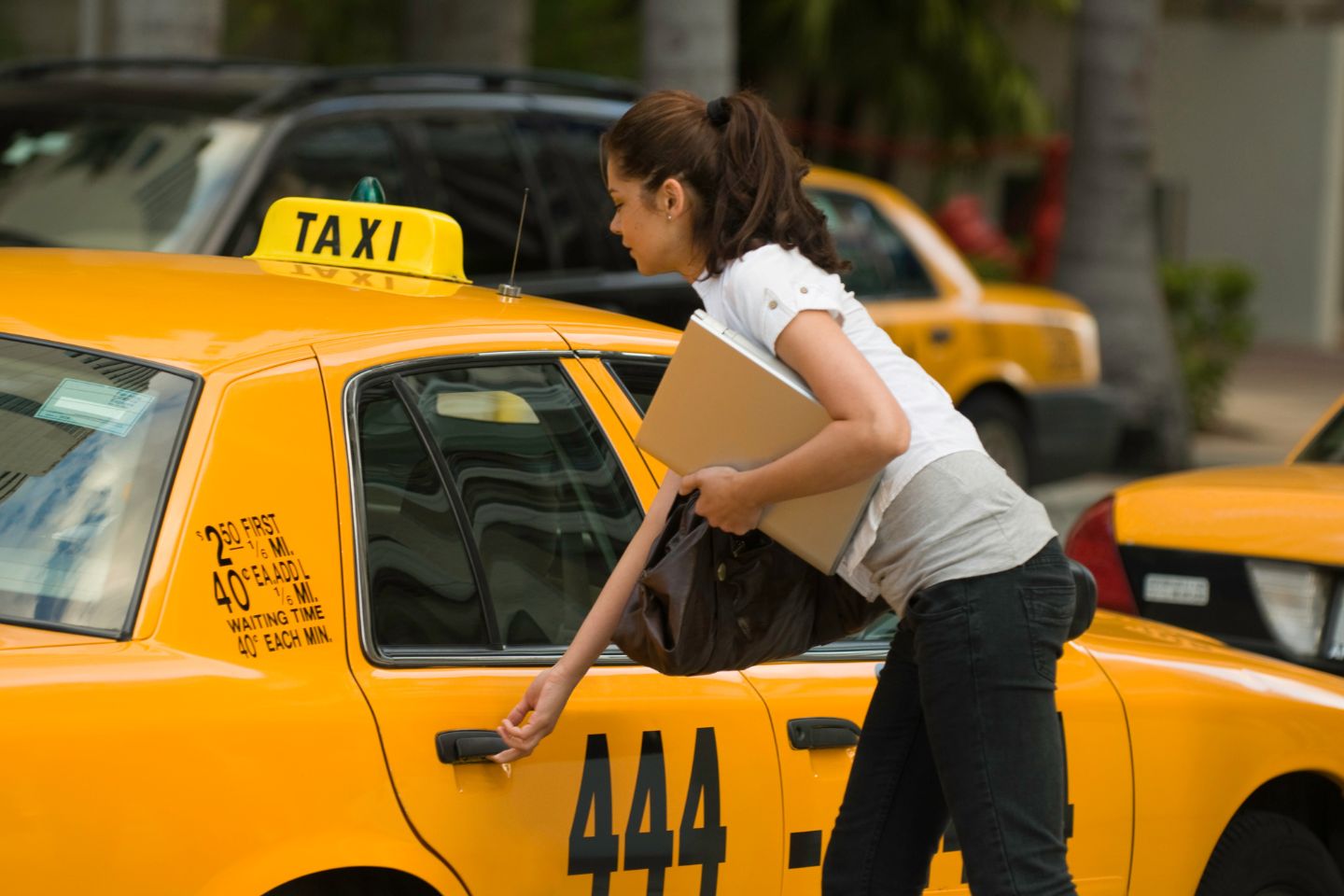

Legal Rights and Responsibilities After a Taxi Accident
Recognizing your legal rights and responsibilities is essential in the event of a taxi accident in San Francisco. According to the law, all involved parties must stop and exchange information immediately after the accident. Whether you are a driver or a passenger, you have the right to pursue compensation for injuries resulting from the crash.
- Driver Responsibilities:
- Provide your contact and
insurance information. - Cooperate with police and emergency responders.
- Provide your contact and
- Passenger Rights:
- Request and record the taxi driver’s information.
- Obtain a copy of the accident report.
If you’re injured, you can file a claim with the taxi company’s
As a passenger, it’s useful to know that taxis in San Francisco undergo safety inspections, and drivers receive training, which includes navigation skills. Plus, the taxis are insured to cover potential accidents.
- Steps to Take:
- Seek medical attention immediately if necessary.
- Document the accident scene with photos and notes.
- Contact a lawyer experienced in taxi accident law.
Although not required by law, it’s good practice to wear seat belts in taxis for your safety, as studies have shown that seat belt use can save lives and reduce injury in accidents.
Navigating Insurance Claims
When you’re involved in a taxi accident in San Francisco, understanding the
For Passengers
If you’re a passenger in a taxi involved in an accident, you must report the incident to the taxi company and your
For Taxi Drivers
As a taxi driver, it’s crucial that you promptly notify both your employer and your
Insurance Company Policies
Insurance companies have distinct policies and procedures for handling claims related to taxi accidents. You must understand your policy’s terms, such as coverage limits and deductibles. Promptly submit any required forms and additional information the company requests to avoid delays. Remember, effective communication is key to a smooth claims process. Always keep records of your interactions and make sure to understand the timeline for the settlement process.
Where Can You Get Insurance ?
Insurance is always a good thing to have. It keeps you at ease (but not too much) yet, not everyone can have it due to some ridiculous prices in the market nowadays. Good thing, there are companies who offer lower
| Insurance company | Projected Annual Full Coverage | Projected Annual Minimum Coverage |
| Capital | $1,536 | $553 |
| Wawanesa | $1,663 | $598 |
| Geico | $1,708 | $363 |
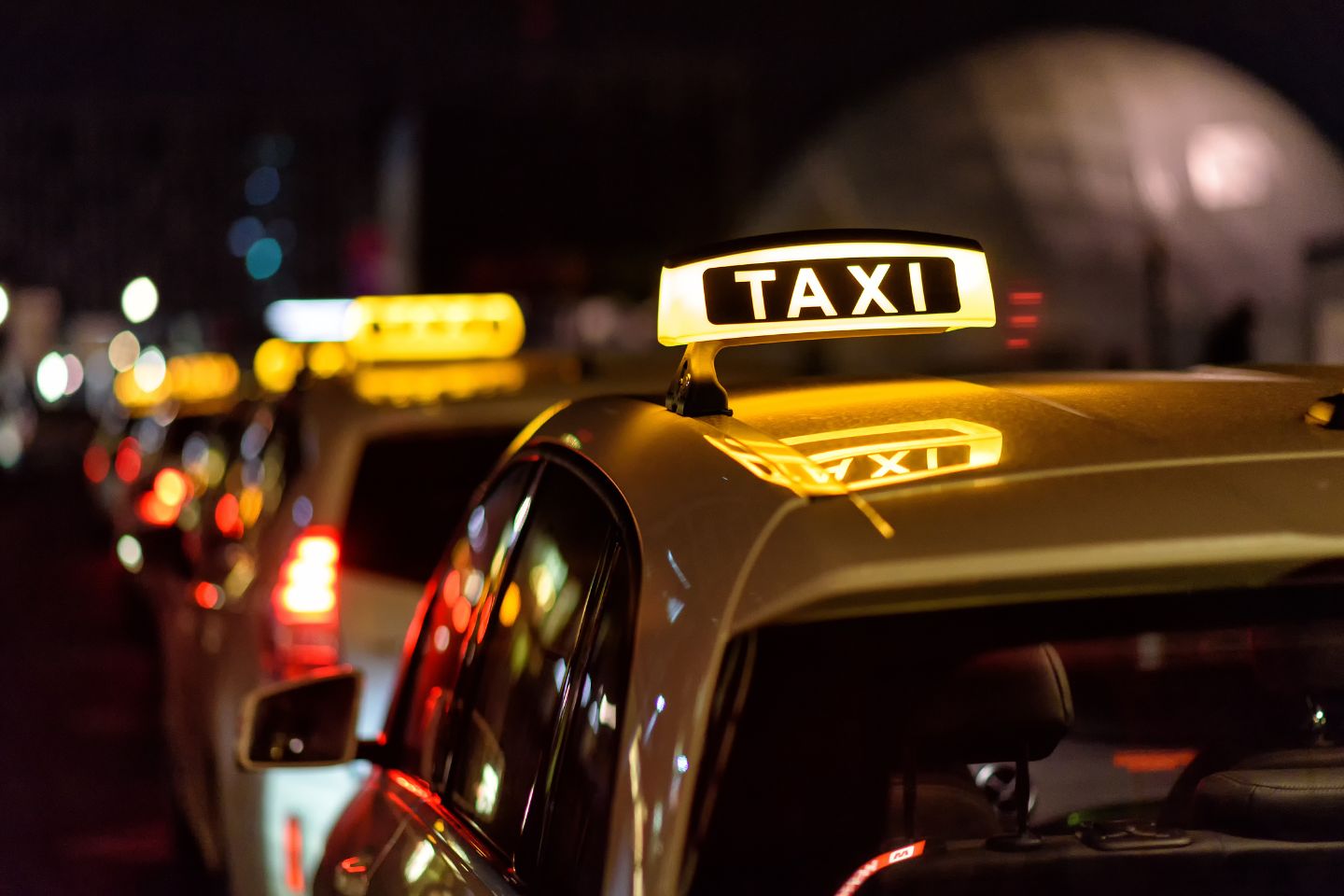

Frequently Asked Questions
What should I do if I’m involved in an accident with a driverless taxi in San Francisco?
If you’re involved in an accident with a driverless taxi, ensure your safety and call emergency services. Then, gather evidence such as photos and contact information from witnesses. Report the incident to local authorities and consult legal experts, as cases involving autonomous vehicles can be complex.
How does San Francisco manage accidents involving autonomous vehicles like Waymo and Cruise?
San Francisco works closely with companies operating autonomous vehicles to manage accidents. Regulatory bodies provide input to establish response protocols, and monitoring of accidents ensures compliance with safety and reporting standards.
How does the safety record of Waymo compare to Cruise in the context of autonomous vehicle accidents?
Comparing safety records, each incident involving Waymo or Cruise is investigated and documented by relevant authorities. These records are essential for understanding the safety implications and guiding improvements in the technology.
Do autonomous vehicle accidents in San Francisco set any legal precedents that will impact future liability?
Legal precedents from autonomous vehicle accidents in San Francisco are shaping the understanding of liability and
The Personal Injury Center Can Help You If You’ve Been In An Accident in San Francisco
Being in an accident is a big burden enough. A lot has to be taken care of. But, you don’t have to go through it alone. The Personal Injury Center’s expert lawyers can help you process this.
Contact them today.



